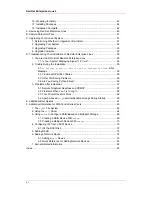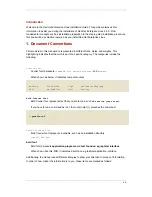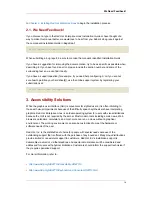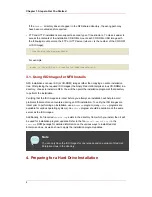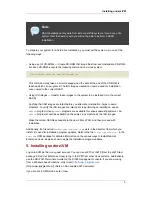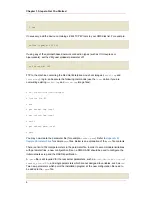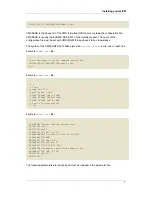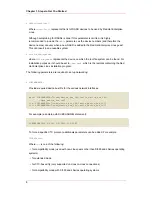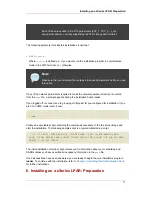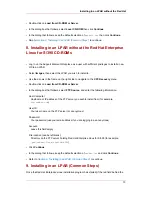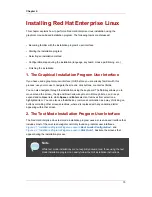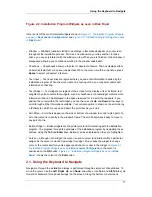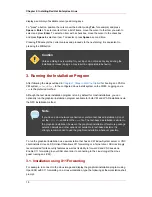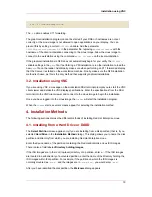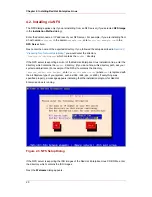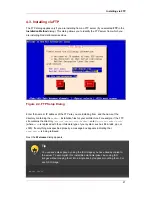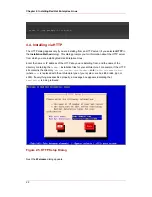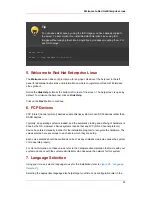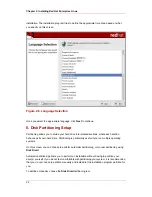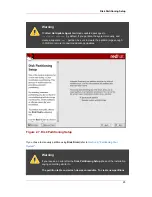
DNS=10.0.0.1:10.0.0.2
•
SEARCHDNS=<domain1>:<domain2>:…:<domainN>
Where
<domain1>:<domain2>:…:<domainN>
is a list of the search domains, separated by
colons. For example:
SEARCHDNS=example.com:example.org
•
PORTNAME=<osa_portname>
|
<lcs_portnumber>
This variable supports OSA devices operating in qdio mode or non-qdio mode.
When using qdio mode:
<qeth_portname>
is the portname specified on the OSA device
when operating in qeth mode. PORTNAME is only required for z/VM 4.3 or older without
APARs VM63308 and PQ73878.
When using non-qdio mode:
<lcs_portnumber>
is used to pass the relative port number as
integer in the range of 0 through 15.
•
FCP_<n>="<device_number> <SCSI_ID> <WWPN> <SCSI_LUN> <FCP_LUN>"
The variables can be used on systems with FCP devices to preconfigure the FCP setup and
can be subsequently edited in anaconda during the installation. An example value may look
similar to:
FCP_1="0.0.5000 0x01 0x5105074308c212e9 0x0 4010"
•
<n>
is an integer value (e.g.
FCP_1
,
FCP_2
, ...).
•
<device_number>
is used to specify the address of the FCP device (
0.0.5000
for device
5000, for example).
•
<SCSI_ID>
is specified in hex-value, typically sequential values (e.g.
0x01
,
0x02
... ) are
used over multiple FCP_ variables.
•
<WWPN>
is the world wide port name used for routing (often in conjunction with multipathing)
and is as a 16-digit hex value (e.g.
0x5105074308c212e9
).
•
<SCSI_LUN>
refers to the local SCSI logical unit value and is specified as a hex-value,
typically sequential values (e.g. 0x00, 0x01, ...) are used over multiple FCP_ variables.
•
<FCP_LUN>
refers to the storage logical unit identifier and is specified as a hex-value (such
as
0x4010
).
Note
Chapter 1. Steps to Get You Started
10
Summary of Contents for ENTERPRISE LINUX 3 - FOR IBM S-390 AND IBM ESERVER ZSERIES
Page 2: ...Red Hat Enterprise Linux 4 ...
Page 4: ...Red Hat Enterprise Linux 4 ...
Page 56: ...46 ...
Page 64: ...54 ...
Page 70: ...60 ...
Page 104: ...94 ...
Page 108: ...98 ...

